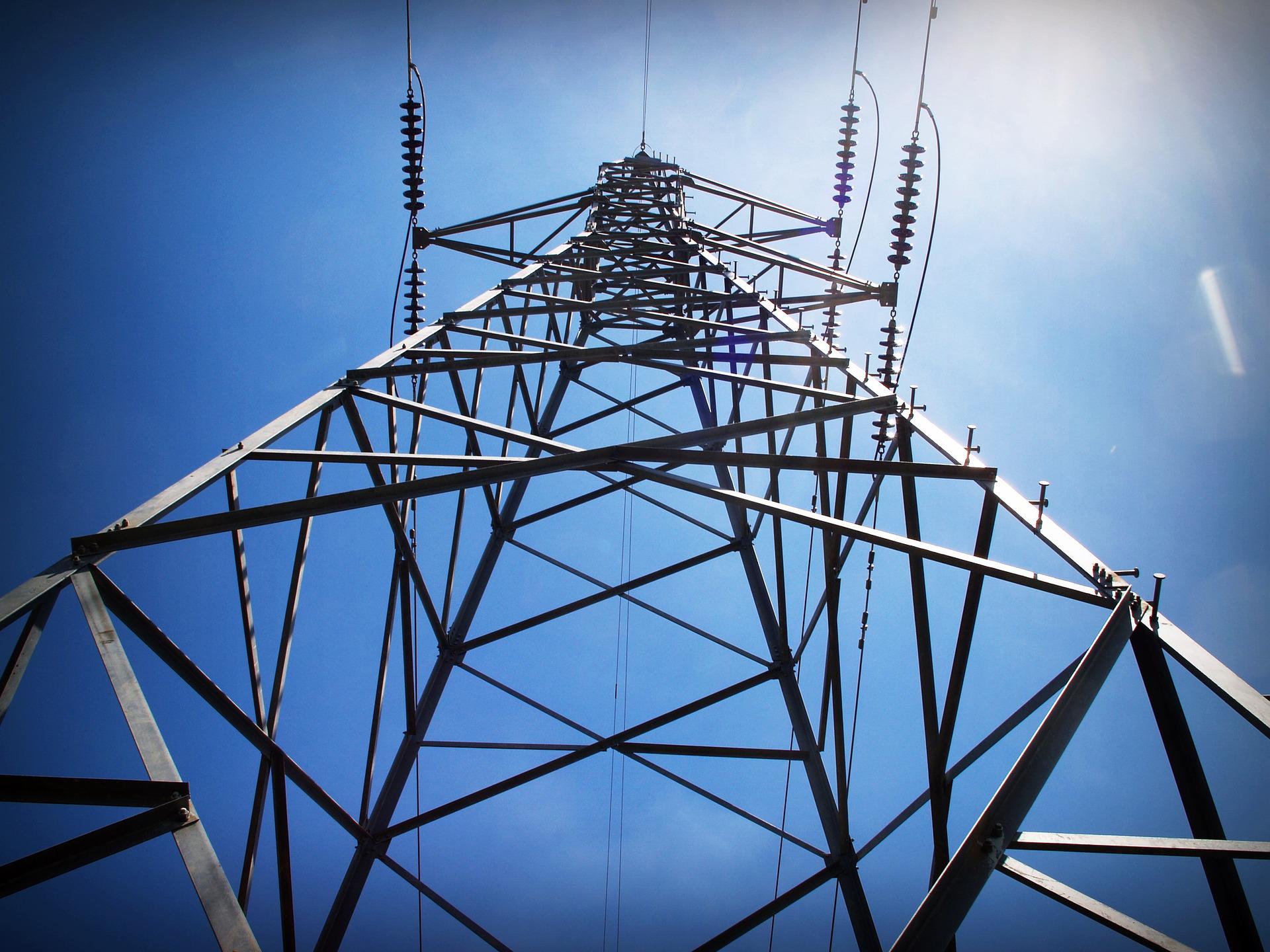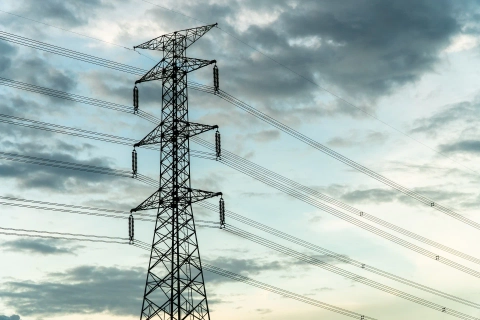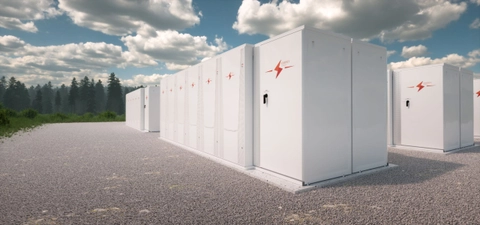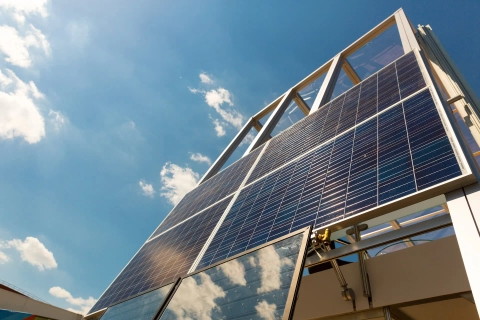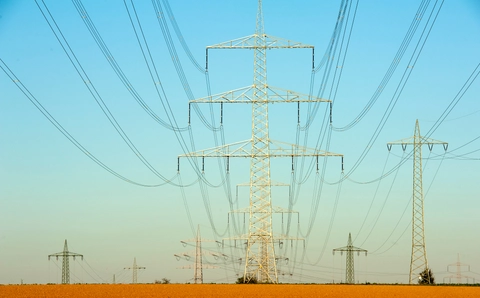Private network arrangements have long offered a win-win to generators and demand customers. Generators benefit from a built-in customer base, while demand users can avoid various charges associated with public grid supply. For companies seeking to decarbonise, direct access to clean energy can strengthen the case for additionality compared to relying on renewables certificates or carbon offsets.
Traditionally the preserve of small generators - like solar farms co-locating with office parks - we have seen increasing interest from large-scale (500MW+) generators in developing private networks on neighbouring land. Developers are also turning to large generators to provide headroom in import-constrained networks, given the current difficulty in getting connections enlarged due to the connection queue.
Private network projects are increasingly pushing the limits of what current regulations were designed to accommodate, and those rules are far from straightforward. We regularly work with innovating customers to help them understand how their specific cases can fit within the existing framework and avoid costly missteps.
The key rules for the private network regime can be found in the Electricity (Class Exemptions from the Requirement for a Licence) Order 2001. This sits under the Electricity Act 1989 to establish pre-set exemptions for the three most common licensable roles in the GB industry: generation, distribution, and supply. A private network is usually any network operating under a distribution licence exemption, which is relatively straightforward for non-domestic networks. If domestic customers are involved, there are tighter constraints.
In this context ‘distribution’ means the flow of power to buildings or other distribution networks primarily using lower voltage lines and equipment (132kV and under in England & Wales, or less than 132kV in Scotland). There is also scope for a limited portion of the equipment to operate at higher voltages, provided the network is primarily distribution-voltage. This flexibility has been a key enabler in several successful projects we’ve supported.
Generators on a private network are typically smaller in scale. In most cases, generators with a capacity of less than 50MW don’t need a licence to operate. However, some larger generators can also qualify for licence exemptions, especially if they are wave, tidal, wind, or solar generators. Importantly, whether or not the generator has a licence rarely has significant commercial implications for private wire projects.
The most tightly controlled activity is supply, given the risk of customer detriment. That said, generators on a private network can supply power without a licence to a mix of large customers, with limits of 100MW at any given time. This limit can be higher in some circumstances, such as if all the customers belong to the same company group. Supply to domestic customers is also possible but usually limited to 2.5MW at any given time, which is enough for a development of around 300 average houses. These limits aim to protect consumers, and with the right setup, private networks can offer a practical and compliant way to deliver clean energy directly.
If you're exploring or operating a private network and want to maximise its strategic positioning and financial returns, our expert support can help you navigate regulatory complexity and unlock long-term value. Reach out to us today at p.carr@cornwall-insight.com or find out more about our Flexibility Services.
